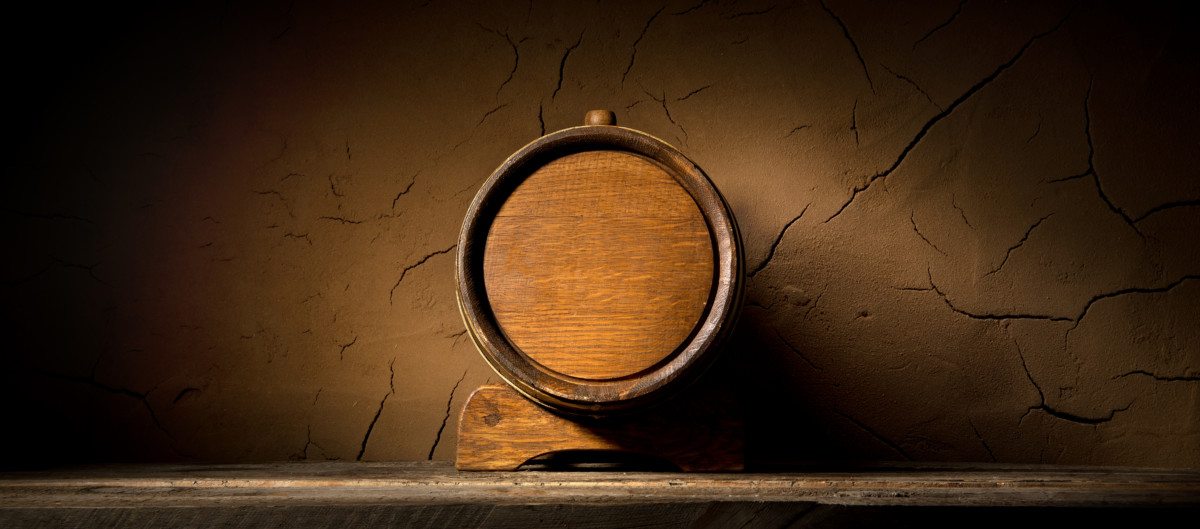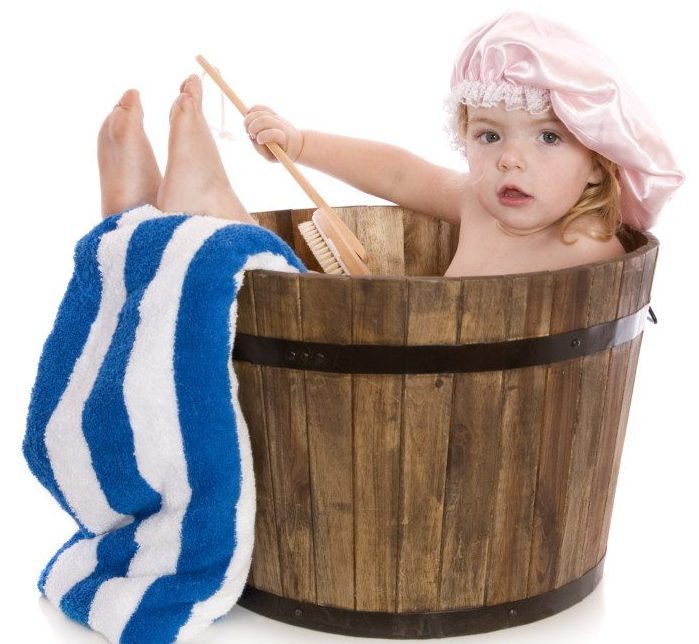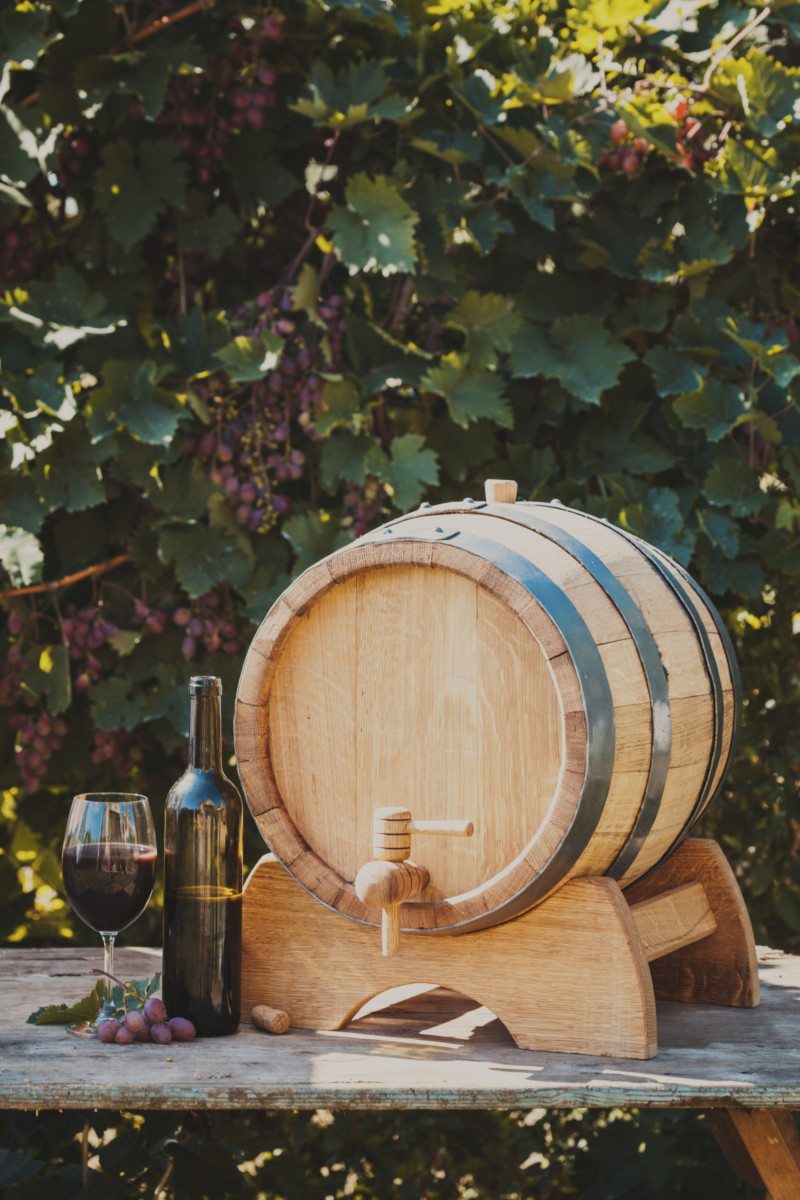Craft & Cork >> Winemaking

How to use a wine barrel
Are you a Craft Winemaker who is looking to take your winemaking to the next level? Enhance your wine kit by using an oak barrel instead of other oak alternatives. To help you out, this week’s Craft & Cork will take you through what you need to know about preparing your new oak barrel, maintaining it, and then getting the most out of it with every use.
Oak barrels typically come in the following size formats; 23L (6 US Gal), 46L (12 US Gal), 60L (16 US Gal), 110L (29 US Gal), and 225L (60 US Gal). 23L and 46L barrels are the most popular choice for most home winemakers because they allow you to barrel age one kit or combine two kits together. Following the steps below will help you maintain the cleanliness of your barrel and will keep your barrel hydrated to prevent barrel leakage between uses.
New Barrel Preparation
Before filling your barrel with wine or juice for the first time, you will need to follow these steps to ensure that your barrel is properly swelled to help prevent leaking:
- Completely fill the barrel with hot water, tightly secure the rubber bung into the bung hole and allow the barrel to swell for 24 hours.
- After 24 hours, inspect the entire barrel for leaks. If there are no leaks you can empty the water and begin filling your barrel with juice or wine.
- If the barrel is still leaking, tighten the barrel rings and refill the barrel with hot water and allow the barrel to swell for an additional 12 hours.
Maintaining Your New Barrel
 Once you have emptied the finished wine from your barrel, there are a number of steps to follow to maintain to the barrel’s integrity:
Once you have emptied the finished wine from your barrel, there are a number of steps to follow to maintain to the barrel’s integrity:
- Rinse inside of barrel with high pressure hot water for 5-10 minutes to remove solids and tartrates.
- Inspect the inside of the barrel with a flashlight to ensure all solids and tartrates have been removed.
- If you will not be using the barrel immediately, you should fill the barrel with the following potassium metabilsulphite and citric acid water solutions to maintain barrel sterility and freshness:

Note: Dissolve the potassium metabisulphite and citric acid in SEPARATE containers using warm water before adding to barrel. Once dissolved solutions are added to barrel, top up barrel with cold water and securely insert bung.
- When it is time to use the barrel again, drain this solution from the barrel and rinse it with high pressure hot water for 5-10 minutes. Allow the barrel to drip dry for four hours. If the barrel still smells of sulphite, rinse it again for five minutes. You are now ready to refill your barrel with wine!
 An important consideration when barrel ageing is the amount of time the wine will spend in the barrel. I recommend tasting the wine often (once a week) when barrel ageing, especially for new barrels. You might be surprised how quickly the oak flavour extraction occurs. Ensure that the barrel is topped up at least every two weeks, especially new barrels which will absorb wine more quickly.
An important consideration when barrel ageing is the amount of time the wine will spend in the barrel. I recommend tasting the wine often (once a week) when barrel ageing, especially for new barrels. You might be surprised how quickly the oak flavour extraction occurs. Ensure that the barrel is topped up at least every two weeks, especially new barrels which will absorb wine more quickly.
Finally, if your wine kit includes potassium sorbate for stabilization, do not add the sorbate until the wine has been removed from the barrel. Sorbate can be metabolized by lactic acid bacteria which can easily reside in the grains of the oak, resulting in an off aroma, comparable to geranium.
Follow these guidelines to maximize the life span of your barrel so each and every kit of wine you make in your barrel will taste extraordinary!
 Chris Holman has been making wine professionally since 2006, which has led him to work in regions such as the Niagara Peninsula, Okanagan Valley, McLaren Vale South Australia, and Tasmania. Chris earned a 2 year diploma at Niagara College in Winemaking and Viticulture in 2008 and more recently he received a 4 year B.Sc degree majoring in Oenology and Viticulture at Brock University in 2015. His academic achievements in addition to his technical winemaking experience will allow him to provide our customers with excellent technical support and new ideas, helping them continue to make excellent wines.
Chris Holman has been making wine professionally since 2006, which has led him to work in regions such as the Niagara Peninsula, Okanagan Valley, McLaren Vale South Australia, and Tasmania. Chris earned a 2 year diploma at Niagara College in Winemaking and Viticulture in 2008 and more recently he received a 4 year B.Sc degree majoring in Oenology and Viticulture at Brock University in 2015. His academic achievements in addition to his technical winemaking experience will allow him to provide our customers with excellent technical support and new ideas, helping them continue to make excellent wines.


Hello Chris,
I have a new Hungarian oak barrel, 50 l size filled with Cynthiana ( Norton ) ( called the Cab Sauv of the Osarks ) wine. I live in North Carolina and bought the grapes fresh from Tennesse late Sept 2016, enough history. I have enough Cynthiana to refile the barrrl one more time.
By the way the wone has finished malo ferment.
I am concerned that the initial fill will have enough oak after 3 months which will leave my barrel with no wine in it after 6 months from now.
I am thinking of a couple of your kit wines to keep the barrel filled year round while complimenting the Cynthiana which is similar to Cab Sauv.
Would your Cab Sauv kits stand to be in the barrel for 6 months or so.
Or maybe a Shiraz to blend with Cynthiana.
You have a distributer a few miles from me.
Your thoughts , please and thanks.
Many thanks Bill.
Response from Chris:
Hello Bill,
Thank you for your inquiry. We have quite a few wine kits that would stand up well to 6 months of ageing in what will be a relatively neutral barrel now. I would recommend our EnPrimeur Winery Series Australian Cabernet Sauvignon. This is an ideal wine because it has the complexity of flavour and depth of tannin which will stand up nicely to 6 months in your barrel. I recommend that you taste the wine in the barrel every 2-3 weeks to ensure that the oak extraction level is not exceeding where you would like. Also, ensure that you are topping the barrel up every 2-3 week to prevent oxidation.
Thank you Chris,
Good advice which I will follow.
Bill.